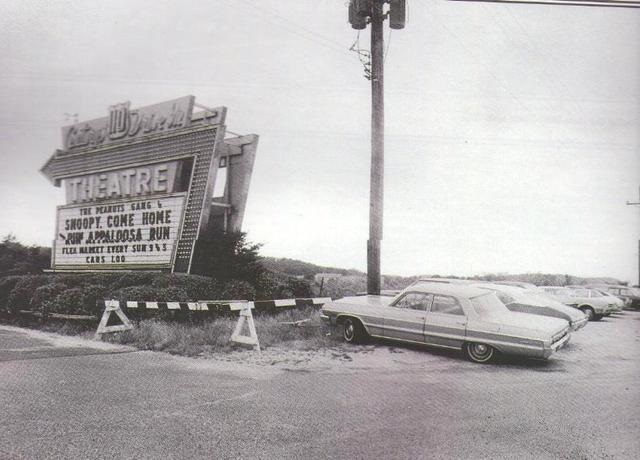Generations are on the move—to the cities and the suburbs. Business Insider reports, “Compared with Gen Xers and baby boomers, a much larger share of millennials moved to cities in their young adulthood—and stayed longer.” They chose “craft-cocktail bars over picket fences, walkable commutes over two-car garages, SoulCycle over swimming pools.”
But now, with the higher costs of housing, millennials are leaving cities and “moving to the farthest reaches of the suburbs.” Business Insider says this is “turning millennials into the thing every generation swears they’ll never become: their suburban parents.” At the same time, “cities are getting younger, faster” because of Generation Z (those who aren’t living with their parents).
Apparently, Harvard’s Joint Center for Housing Studies, which researches housing issues, was surprised that instead of moving to nearby suburbs, they’re going to the “way out peripheral suburbs.”
A real estate agent told Business Insider this is called “drive till you qualify.” While some are finding these places more challenging to live in without the amenities they’re used to, Paul Stout, a millennial landscape-architecture student (check out his Talking Cities TikTok account), told Business Insider that, “There are a lot of places in the suburbs that could be really lovely to live if you could only put a grocery store or a coffee shop on the corner. I’m optimistic that you could actually make living walkable almost anywhere in the U.S., given the right package of zoning reform.”
Stout is right. My parents moved to such a place—a “far out” suburb. Our house was in a new neighborhood constructed on a former potato farm, and the closest grocery store was “in town” about 20 minutes away (and my mom didn’t drive then). The land next to our neighborhood was still a working potato farm.
But with people come businesses. And great entrepreneurial opportunities. These new residents need and want shops and restaurants, the unusual and the mundane.
My hometown in the boonies was Melville, New York, located in the Town of Huntington on Long Island. When we moved there, they were still building the Long Island Expressway. But potato farms soon gave way to malls and shopping centers. It didn’t take long for that town in the boonies to become a typical suburb full of restaurants, stores, and office buildings. (Though I was really mad when they destroyed the local drive-in to build a hotel complex.)
If you can get to the boonies and build before the chains invade (and they will), you’ll have a great head start on entrepreneurial success.
Photo courtesy: CinemaTreasures.org

